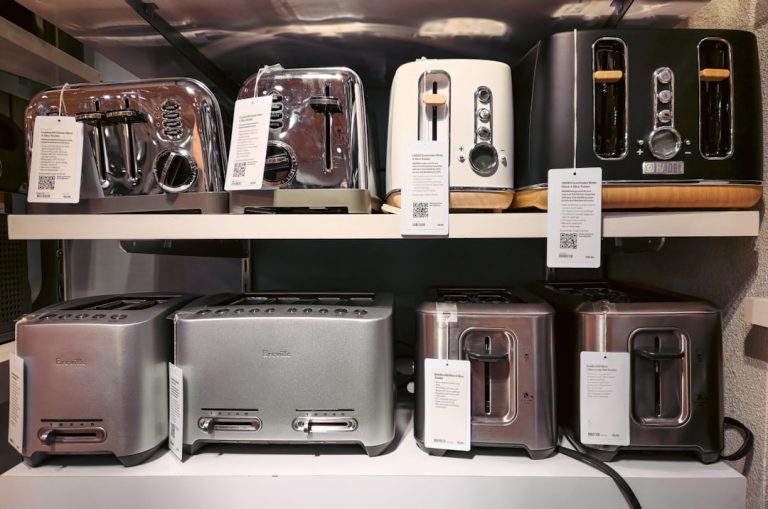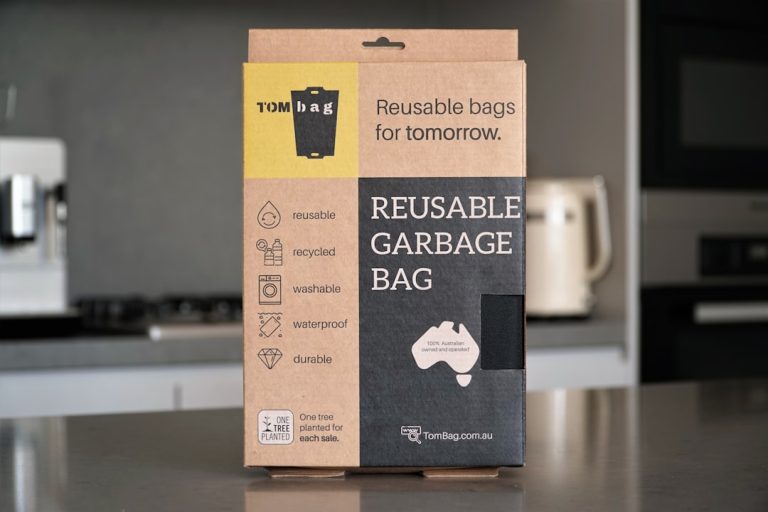My Deep Dive: Understanding the “reduce, Reuse, Recycle” Hierarchy.
My Deep Dive: Understanding the “reduce, Reuse, Recycle” Hierarchy.
For decades, the mantra “reduce, reuse, recycle” has been a cornerstone of environmental education. It’s a phrase so ubiquitous it often rolls off the tongue without much thought about its underlying significance. But as someone deeply invested in sustainable living, I felt compelled to move beyond the surface-level understanding. This isn’t just a catchy slogan; it’s a profound hierarchy, a strategic framework for waste management and resource conservation that, when truly grasped, can revolutionize our approach to consumption and environmental stewardship. Join me on my deep dive as we unpack the deliberate order of these three powerful R’s and reveal why their sequence is far more critical than you might imagine.
The Apex of Aspiration: Why “Reduce” Reigns Supreme in Our Environmental Effort
In the “reduce, reuse, recycle” hierarchy, “reduce” isn’t just the first word; it’s the most potent principle, the absolute zenith of our environmental aspirations. My deep dive quickly revealed that true sustainability begins not with managing waste, but with preventing its creation in the first place. Think of it: every item we reduce the need for means fewer raw materials extracted, less energy consumed in manufacturing, less pollution generated during production and transport, and ultimately, less waste destined for landfills or energy-intensive recycling processes.
This isn’t merely about buying less; it’s about a fundamental shift in mindset towards conscious consumption. It means questioning every purchase: Do I truly need this? Can I borrow it instead? Is there an alternative that doesn’t involve buying something new? It’s embracing minimalism, choosing durable goods over disposable ones, opting for products with minimal packaging, and even rethinking our dietary choices to reduce food waste. Reducing our consumption footprint has a cascading positive effect across the entire product lifecycle, making it the most impactful action we can take. It’s about addressing the problem at its source, rather than just treating the symptoms.
From Mindless Consumption to Thoughtful Acquisition
To genuinely “reduce” requires introspection. It asks us to challenge societal norms that equate consumption with happiness or status. It’s about prioritizing experiences over possessions, quality over quantity, and longevity over fleeting trends. For me, this has meant a deliberate effort to unsubscribe from promotional emails, avoid impulse purchases, and repair items instead of replacing them. It’s a continuous journey of self-assessment, aiming to minimize our resource draw from the planet. This focus on source reduction is what sets “reduce” apart as the most effective strategy in the hierarchy.
Breathing New Life: The Transformative Power of “Reuse” in a Linear World
Once we’ve exhausted all avenues of reduction, the next critical step in the hierarchy is “reuse.” My exploration into this principle highlighted its incredible power to interrupt the linear “take-make-dispose” model that dominates our economy. Reuse isn’t just about charity shop donations; it’s a creative and practical act of extending a product’s lifespan, diverting items from landfills, and significantly reducing the demand for new goods. Every time we choose to reuse something, we save the energy, resources, and pollution associated with manufacturing a replacement and disposing of the old one.
The beauty of reuse lies in its versatility. It encompasses everything from refilling water bottles and coffee cups to repairing broken electronics, upcycling old furniture, and sharing tools with neighbors. Libraries, rental services, and second-hand markets are all vibrant examples of reuse in action, fostering a more circular economy. This stage of the hierarchy champions ingenuity and resourcefulness, encouraging us to see value in what might otherwise be discarded.

Beyond Single Use: Cultivating a Culture of Longevity
Embracing reuse means shifting away from a disposable culture. It means valuing durability, learning basic repair skills, and actively seeking out opportunities to give items a second life. Think about glass jars repurposed for storage, old clothes transformed into cleaning rags, or inheriting items from family and friends. My personal deep dive into reuse has led me to appreciate the stories embedded in pre-loved items and the satisfaction of mending something rather than discarding it. It’s a tangible way to lessen our environmental footprint while often saving money and fostering community connections.
The Essential Backstop: Understanding “Recycle’s” Place in the Grand Scheme
Finally, at the base of the hierarchy, we find “recycle.” My investigation into this ‘R’ clarified a crucial point: while vitally important, recycling is positioned last for a reason. It is the necessary last resort for materials that cannot be reduced or reused. The process of recycling is inherently energy-intensive, requiring collection, sorting, cleaning, processing, and remanufacturing into new products. While it certainly conserves raw materials and reduces landfill waste compared to outright disposal, it still demands significant resources and can have its own environmental footprint.
Understanding recycling’s true place means recognizing its complexities. Not all materials are equally recyclable, and the effectiveness of recycling programs varies widely. Contamination, market fluctuations for recycled materials, and the energy required for processing all impact its overall sustainability. This isn’t to diminish recycling’s value – it absolutely plays a critical role in waste management – but rather to contextualize it within the broader hierarchy. It prevents valuable resources from being lost forever in landfills, but it’s not a magic bullet that negates the need for reduction and reuse.
Navigating the Nuances of Responsible Recycling
For effective recycling, it’s paramount to know what can and cannot be recycled in your local area and to prepare materials correctly (e.g., rinsing containers). Wishcycling – throwing everything into the recycling bin hoping it’s recyclable – often does more harm than good by contaminating batches. My deep dive reinforced that understanding local recycling guidelines is as important as the act itself. Choosing products made from recycled content also closes the loop, supporting the market for recycled materials. It’s a vital component, but one that only truly shines when reduction and reuse have been fully explored.
Deconstructing the Pyramid: The Underpinning Logic of This Environmental Framework
The genius of the “reduce, reuse, recycle” hierarchy lies precisely in its ordered structure, forming a kind of inverted pyramid or funnel. My deep dive into its logic reveals a clear prioritization based on environmental impact and resource efficiency. At the broadest, most impactful level is reduction, which prevents waste at its source, requiring the least amount of energy and generating the least pollution. As you move down the hierarchy, towards reuse and then recycling, the environmental benefits diminish slightly, and the energy/resource input tends to increase.
This framework isn’t arbitrary; it’s a guide to minimizing our overall ecological footprint.
- Reduce: This is the most efficient because it avoids the entire lifecycle impact – from extraction to disposal. No new energy, no new pollution.
- Reuse: This extends the life of existing products, delaying the need for new production and disposal. It uses less energy than recycling but more than simply not consuming.
- Recycle: This breaks down products to their raw materials for remanufacturing. While it saves virgin resources, it’s still an industrial process that consumes energy, water, and can produce emissions. It’s far better than landfilling, but less ideal than the preceding two R’s.






